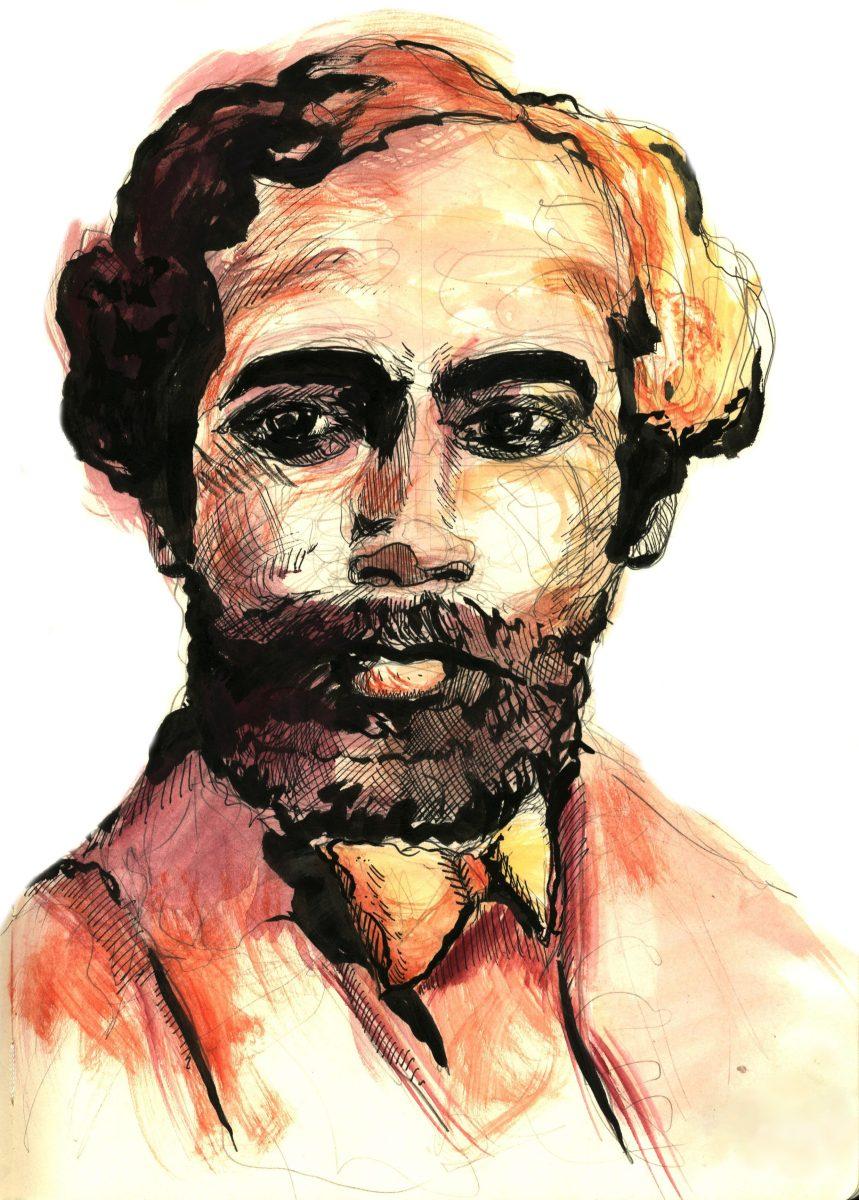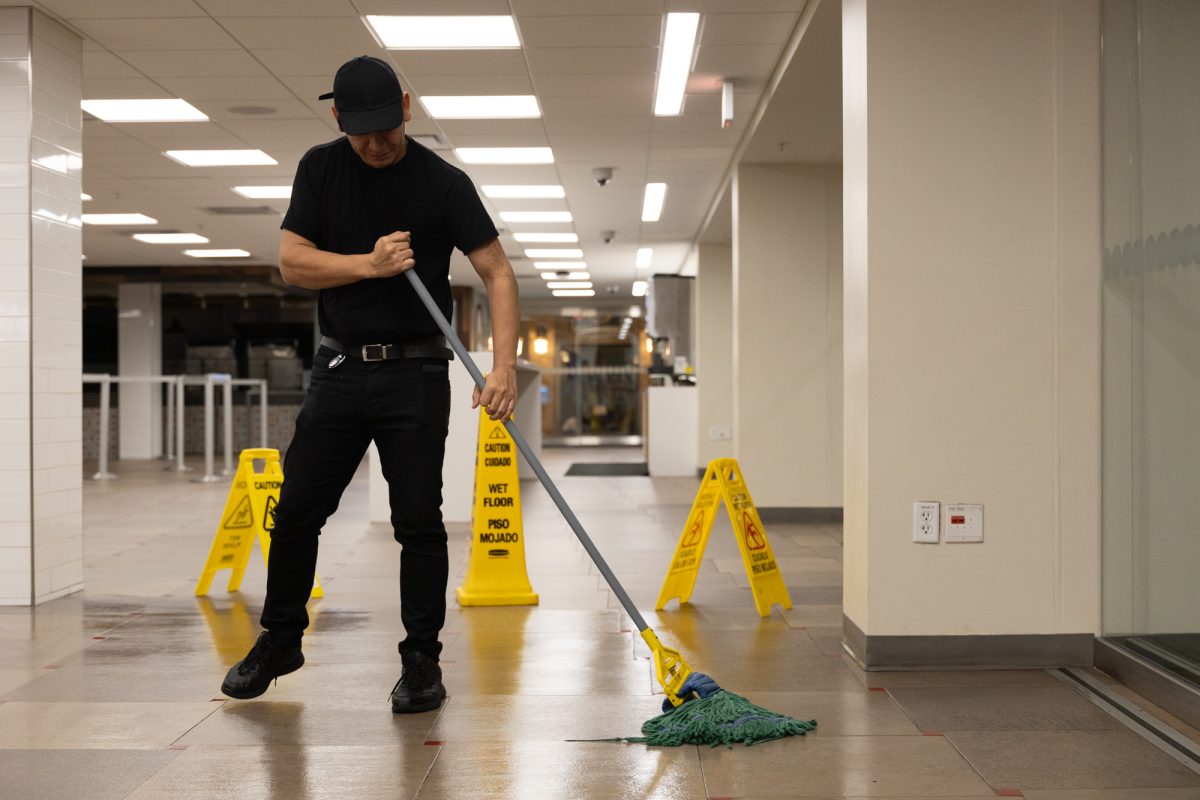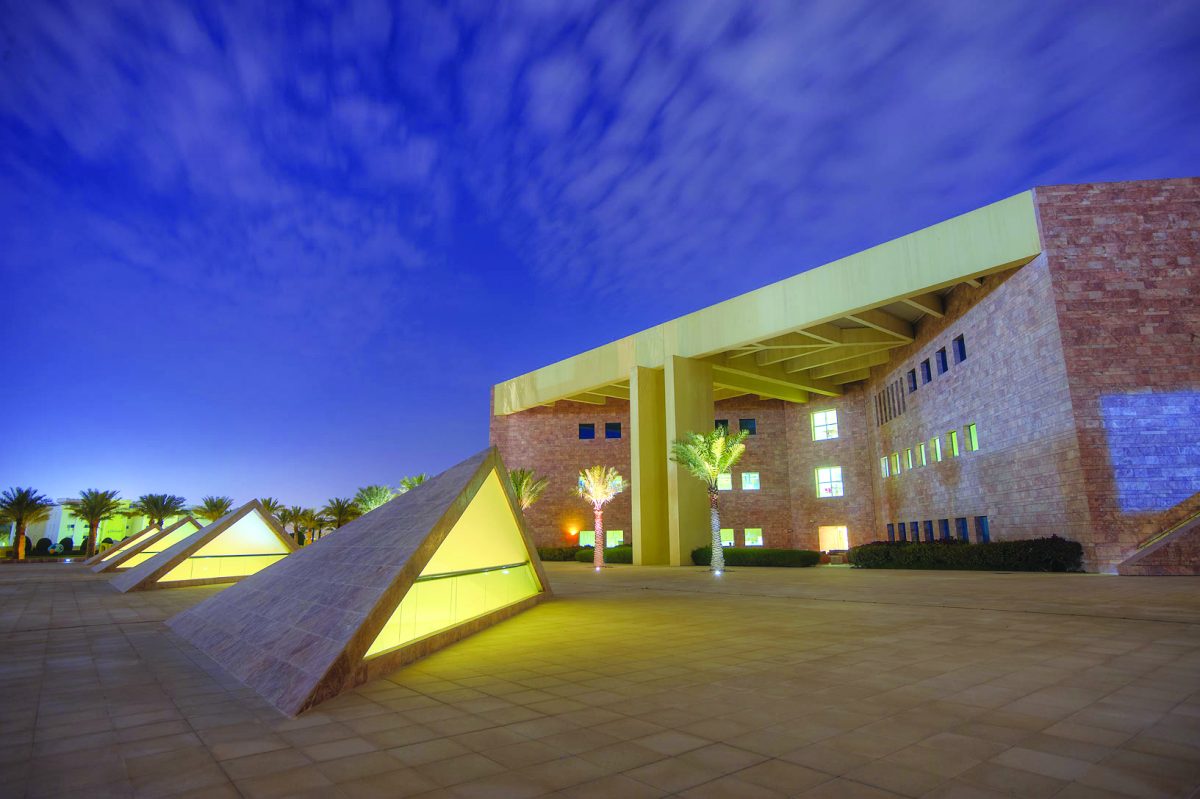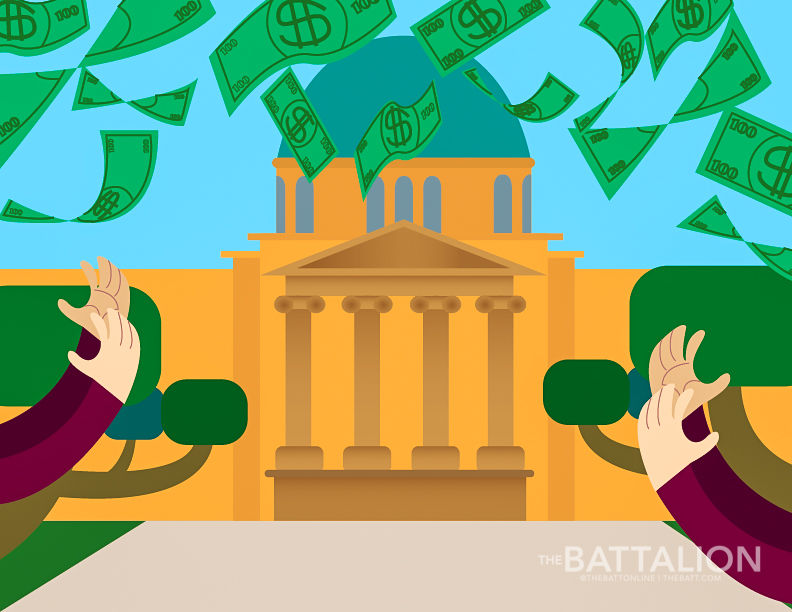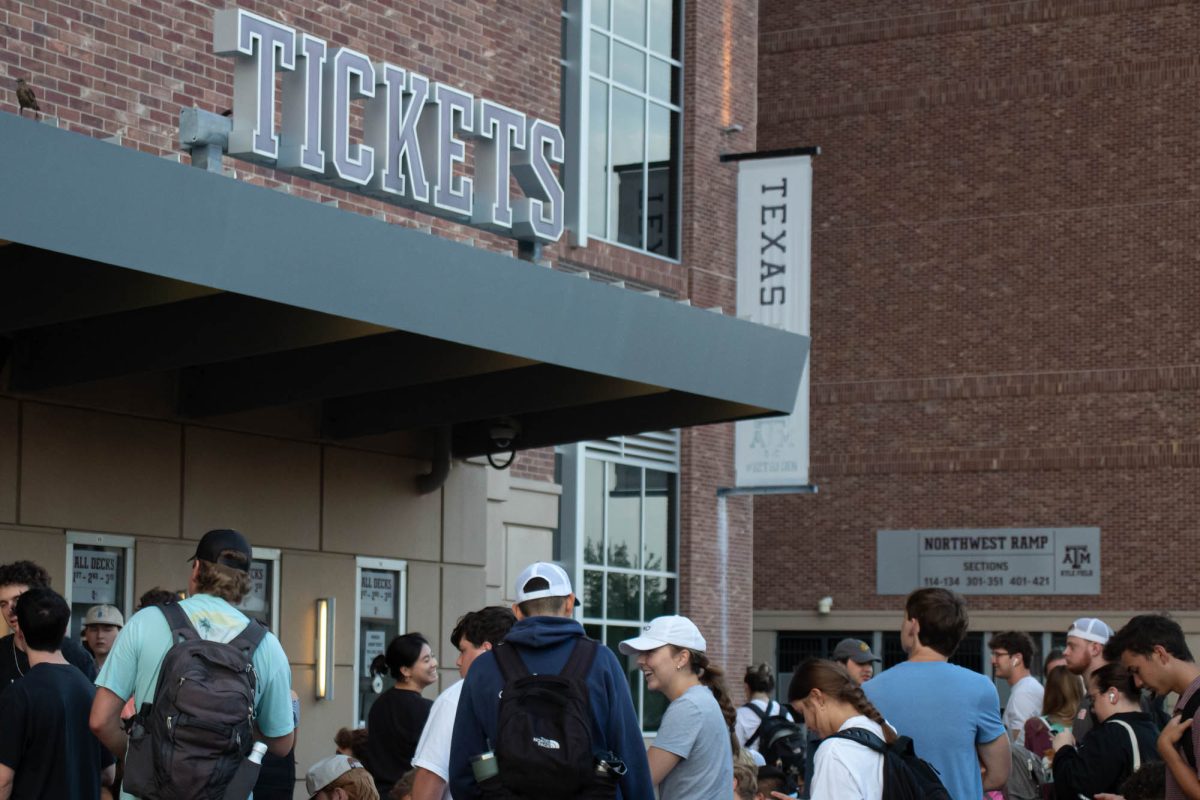For nearly two decades, students walking along the second floor of the Glasscock building might — if they look carefully — spot a billboard covered with a few faded, old articles discussing the push to have a statue of former Texas state senator Matthew Gaines placed on campus.
The papers range from a copy of a 1994 Battalion article with the headline, “Ex-slave, senator helped found University” to a partial copy of a Texas bill authorizing legislation related to the federal Morrill Land Grant Act of 1862. While the papers on the wall may have begun to fade, the idea of a statue of Matthew Gaines has returned to campus.
Gaines was a slave born in 1840, and eventually became a notable Texas state senator and Baptist preacher. Carlos Blanton, history professor, said Gaines attempted to escape slavery several times until he was finally freed at the end of the American Civil War. Blanton said in the time following the Civil War, known as Reconstruction, Gaines became a Texas state senator. Blanton said Gaines was an “activist among activists,” and as one of the several African American legislators during Reconstruction, he pursued public education for African Americans.
“Among the African American legislators, Matthew Gaines was quite forceful in his advocacy of civil rights,” Blanton said. “Even among a group of advocates, he was always pushing a little farther than everyone else.”
Willie Blackmon, Class of 1973, has resumed the campaign to have a statue of Gaines erected on campus. Blackmon said he reached out to President Young in mid-September about his proposal, and plans to reach out to organizations and individuals across campus to garner support.
Dale Baum, a now retired history professor, was a part of the Matthew Gaines Committee in the mid-1990s when erecting a Gaines statue was last being seriously considered. Baum said at the height of the movement, the memorial to Gaines was supported by the Aggie Republicans, the TAMU Black Former Student Association, the Aggie Democrats, The Battalion and a number of other groups.
Blanton said one of the major lasting impacts of Gaines, and the reason for pursuing a statue of Gaines at Texas A&M, was his support for legislation authorizing the Morrill Land Grant Act.
“[The Morrill Land Grant Act] had been passed by the federal government during the Civil War to allow for the formation land grant colleges,” Blanton said. “And [Gaines] very much supported the bill that would authorize Texas to quickly meet the deadline required by the federal government to get their act together and get the land surveyed, in order to create land grant colleges.”
Blanton said while Gaines was not directly involved in the creation of Texas A&M, he was absolutely responsible for enabling the university’s creation. Blanton said this is most apparent through the campus location.
“It’s no secret that many of those legislators, including Gaines, who strongly supported the authorization of the land grant act here in Texas, were African American legislators and they came from the Brazos and Colorado rivers — this part of Texas,” Blanton said. “So, it’s perhaps not that surprising that A&M would be situated where it is.”
Blackmon said it is unclear why a statue of Gaines was not added to the Texas A&M campus in the 1990s.
“Everything was in process and it looked like a foregone conclusion that Matthew Gaines would be honored,” Blackmon said. “But someone mentioned that we need to do more research to find out if Matthew Gaines actually was responsible — what role did he actually play. I thought that was already a given because that was in the information that the university already had.”
Baum said the proposal to erect the statue stalled in committee due to concerns about the extent of Gaines’ involvement in A&M’s founding.
Joseph Benigno, student body president, said he is interested in the idea of a statue of Gaines on campus.
“From what I’ve read, it certainly seems like a worthy cause to me,” Benigno said. “The history of Texas A&M is long and complicated and important, and I think that the people that helped initiate the efforts that led to founding Texas A&M deserve to be honored.”
Zach Rozinsky, president of the Memorial Student Center, said he is excited people are beginning to talk about recognizing individuals not typically recognized for their participation in founding Texas A&M.
“I think that these conversations in general, just about having people of different races represented on campus, or of different sexes,” Rozinsky said. “I know that’s been discussed for a long while, and I think we are moving in the right direction with these conversations.”
Blanton said he doesn’t know why there hasn’t been a statue of Gaines before now.
“We have statues for a lot of people that have some connection to Texas A&M, and maybe some of them have less of a connection,” Blanton said. “I can’t think of anyone who has more of a connection to Texas A&M than Matthew Gaines.”
Shane Hinckley, interim vice president of marketing and communications with the Office of the President, said it is too early to comment on Blackmon’s mission.
“No proposals have been put before the CBE, Council for the Built Environment, or the President,” Hinckley said. “It would be premature for him to engage on a hypothetical at this time.”
Blackmon said he intends to contact more organizations and individuals on campus within the next week.
“This week I will start moving much faster,” Blackmon said. “I’m going to start making copies and writing letters, and then sending them to organizations and start getting them interested and involved.”
Statue of a statesman
October 19, 2015
0
Donate to The Battalion
Your donation will support the student journalists of Texas A&M University - College Station. Your contribution will allow us to purchase equipment and cover our annual website hosting costs.
More to Discover



